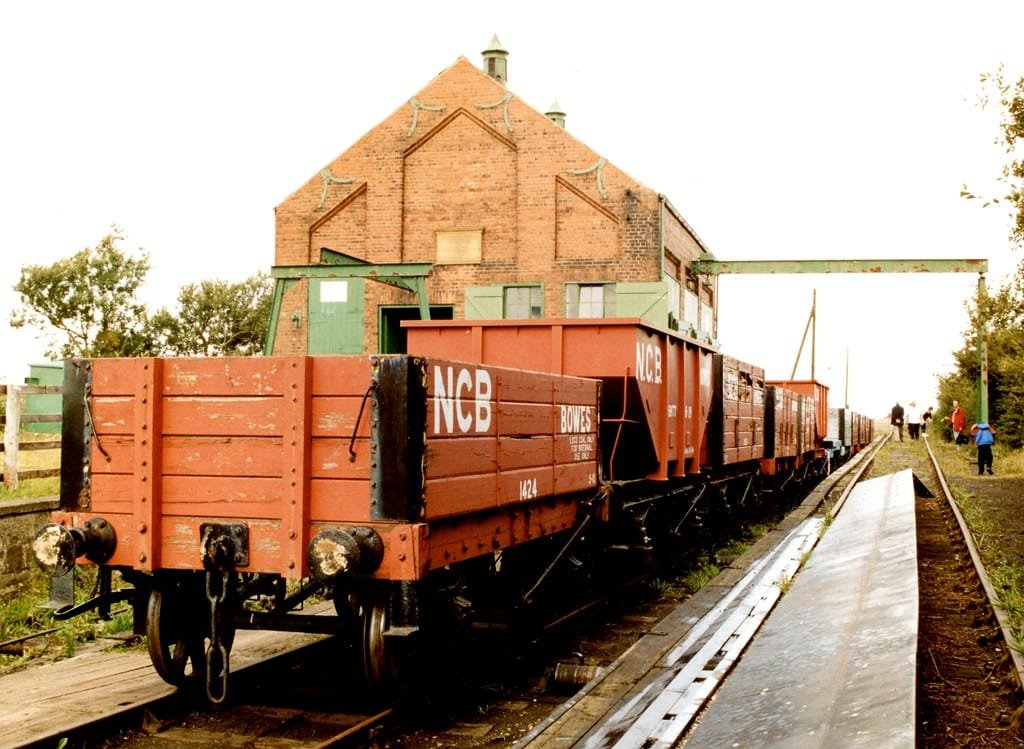
🚋 The Peak Tram is one of Hong Kong’s most iconic transport systems, offering a steep and scenic ride from Central to Victoria Peak. Its history spans over 135 years and reflects the city’s colonial legacy, engineering innovation, and evolving urban landscape.
The idea for the tram was conceived in 1881 by Scottish entrepreneur Alexander Findlay Smith, who sought to improve access to the Peak, then a prestigious residential area. At the time, travel to the summit was limited to sedan chairs and arduous climbs. Smith’s proposal for a funicular railway was approved in 1882, and construction began in 1885. The line officially opened on 30 May 1888, making it the first cable funicular in Asia.
The original tram was powered by coal-fired steam boilers and featured wooden carriages with slatted seats. It connected five intermediate stations along a 1,350-metre route, climbing to an elevation of 396 metres. The tram was divided into three classes: first class for colonial officials and Peak residents, second class for military and police personnel, and third class for other passengers and animals. On its first day, the tram carried 600 passengers; by the end of its first year, it had served 150,000.
In 1926, the system was upgraded to electric power, replacing the steam engine with a more efficient haulage system. This marked the beginning of the second generation of the Peak Tram. Over the decades, the tram underwent several transformations to meet growing demand and improve safety. A fully enclosed, all-metal tramcar was introduced in 1959, followed by a major overhaul in 1989, which brought in microprocessor-controlled electric drives and fifth-generation tramcars with a capacity of 120 passengers.
The tram has also endured challenges. During World War II, its engine room was damaged during the Japanese occupation, halting service until Christmas Day 1945. Natural disasters, such as floods in 1899 and 1966, also disrupted operations by washing away sections of track. Despite these setbacks, the Peak Tram remained a beloved fixture in Hong Kong’s transport network and a symbol of resilience.
In recent years, the tram has seen another transformation. The sixth-generation Peak Tram was launched in August 2022, following a HK$684 million upgrade. Manufactured in Switzerland by Garaventa, CWA, and Frey, the new tramcars feature wider doors, step-free access, and panoramic windows. Capacity increased to 210 passengers, and the system now includes enhanced braking mechanisms and modernised haulage equipment.
Beyond its technical evolution, the Peak Tram has played a cultural role. It has appeared in films like Soldier of Fortune and The Love Boat, and has been featured on commemorative stamps and postcards. Its steep gradient creates an optical illusion where surrounding buildings appear tilted—a phenomenon that fascinates visitors and has even been studied by psychologists.
Today, the Peak Tram continues to offer a unique blend of history, engineering, and breathtaking views. It remains a must-visit attraction for tourists and a nostalgic experience for locals, embodying Hong Kong’s ability to preserve tradition while embracing progress.
This information was generated using AI and is based on publicly available sources, including The Peak Tram’s official history, Wikipedia, and Localiiz’s cultural overview.